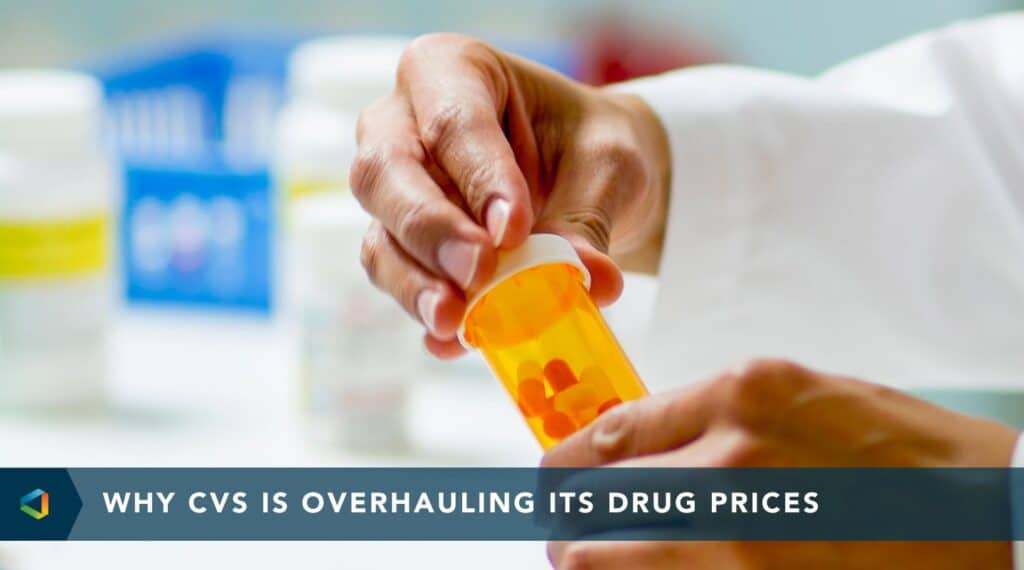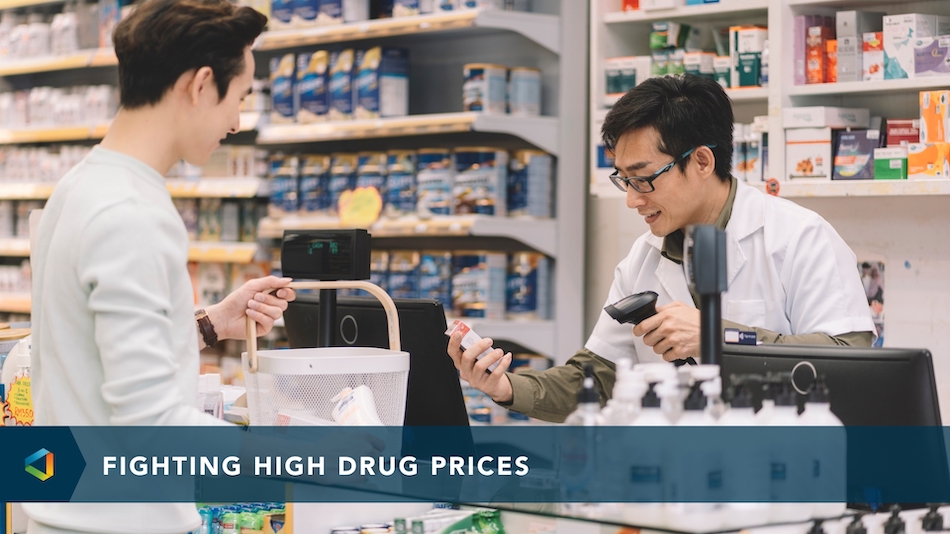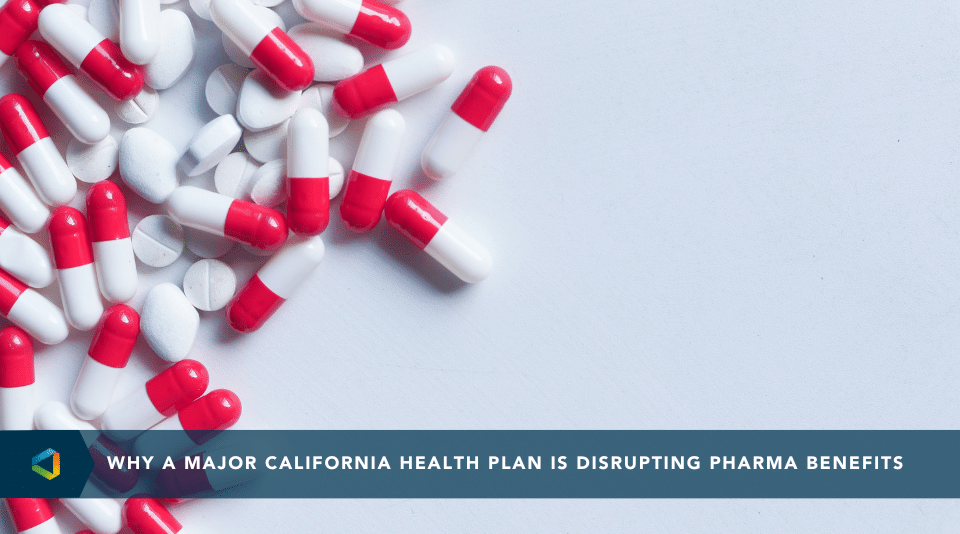For years, the cost trend of prescription drugs has been relatively low compared to the medical cost trend. However, that paradigm is beginning to tip in the other direction, driven by the proliferation and utilization of specialty drugs. If you don’t believe me, here are some mind numbing statistics:
- Overall drugs in the development pipeline: traditional = 31%, specialty = 69%.1
- Specialty drugs in the market: 1990 = 10, 2012 = 900.2
- Specialty drug compounded annual growth rate: 19.5%.3
- Specialty drug annual cost per person: 2012 = $290, 2018 = $845.4
- Specialty drugs are expected to become 40% of prescription drug spend by 2020 (they were 17% in 2012).5
Recently, a large client of mine experienced this cost explosion. Last year their medical spending ran at a negative trend. However, after years of a modest prescription drug trend, their prescription drug spending increased by 22%, driven by a 90% increase in specialty drug costs. Yes, 90%! This large increase was driven by a relatively small group of members, using medications for multiple sclerosis, renal failure, and hepatitis C.
In my last blog post, I discussed the difficult balance of providing specialty drugs to individuals, which improve the quality of life in patients, while managing the high cost to the company. Providing specialty drugs is certainly a challenge and one that all employers will need to keep front and center in the coming years.
For now, it’s important to understand the definition of specialty drugs and some of the offshoots from them. Specialty drugs are medications derived from biotechnology processes or a small molecule that treat rare or chronic diseases. These medications generally require special storage, handling, or close supervision when administered. One example is the new drugs for the treatment of Hepatitis C, which have the potential to cure the disease, albeit at a very high cost.
A subset of specialty drugs is biologic drugs, which are manufactured in a living system such as a microorganism, plant, or animal cells. Most of these drugs are very large, complex molecules, or mixtures of molecules. Many biologic drugs are produced using genetic DNA technology. The development of these specialty drugs is extremely complex and expensive.
Finally, biosimilar drugs are a biologic drug that is highly similar to an already approved biologic drug, but generally costs less. They are approved by the FDA and have no clinically meaningful differences (safety, purity, potency) from the originator biologic.
Specialty drugs have become a major cost driver of employer health care spend. It’s important for your benefits broker or advisor to discuss with you multi-year strategies that can be put in place to balance the benefits and costs of these medications..
- PhRMA.
- Kaddis, A. “Transforming Research Into Action.” Foundation for Managed Care Pharmacy Research Symposium. Academy of Managed Care Pharmacy. October 2012.
- Artemetrx – Specialty Drug Trend Across the Pharmacy and Medical Benefit – 2013.
- “The Growing Cost of Specialty Pharmacy – Is It Sustainable?” American Journal of Managed Care. February 2013.
- “The Patient-Centered Outgrowth of Specialty Pharmacy: Why Patient Management Strategies Are Critical to 21st Century Providers.” URAC. 2012.




